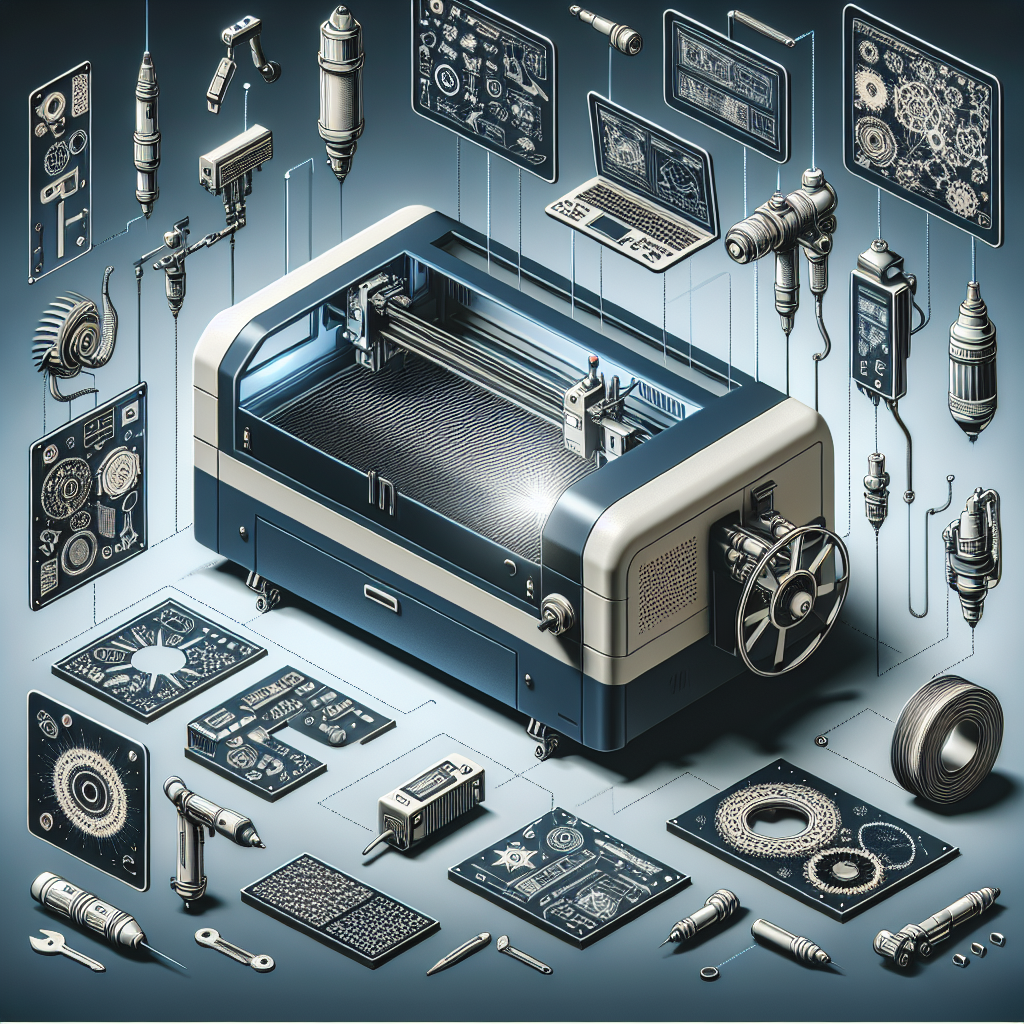The Evolution and Applications of Laser Cutter Cutting and Engraving Machines
In the world of modern manufacturing and creative design, laser cutter cutting and engraving machines have revolutionized how materials are processed. These machines combine precision, speed, and versatility, making them indispensable in industries ranging from aerospace to personalized crafts. But what exactly makes these devices so transformative? Let’s dive into their mechanics, applications, and how to choose the right one for your needs.
How Do Laser Cutter Cutting Machines Work?
At their core, laser cutter cutting systems use a focused beam of light to vaporize or melt materials. The process involves three key components:
- Laser Source: Generates the coherent light beam (CO2, fiber, or diode lasers).
- Control System: Guides the laser’s path using CAD/CAM software.
- Work Surface: Holds the material in place during cutting or engraving.
Why does the type of laser matter? CO2 lasers excel at cutting organic materials like wood and acrylic, while fiber lasers are ideal for metals. Diode lasers, such as those in the laser cutter cutting Hawk F1 model, balance power and affordability for small businesses.
Key Industries Benefiting from Laser Engraving Machines
From industrial fabrication to artistic endeavors, laser cutter cutting systems have diverse applications:
- Manufacturing: Precision-cutting metal parts for automotive or aerospace.
- Retail: Customizing promotional items like engraved pens or trophies.
- Healthcare: Etching surgical tools with identification marks.
- Art & Design: Creating intricate patterns on wood, leather, or glass.
Did you know? Some artists use laser cutter cutting machines to produce large-scale installations in days—a task that once took months manually.
Choosing the Right Laser Engraving Machine
Selecting a laser cutter cutting system depends on several factors:
- Material Compatibility: Ensure the laser type matches your primary materials.
- Power Output: Higher wattage cuts thicker materials faster.
- Workspace Size: Match the machine’s bed size to your project dimensions.
- Software Integration: Look for user-friendly interfaces compatible with your design tools.
Pro Tip: The laser cutter cutting Hawk F1, for instance, offers dual-laser technology, enabling both engraving and cutting in one device—perfect for multitasking workshops.
Common Challenges and Solutions
While laser cutter cutting machines are powerful, users often face hurdles like material warping or inconsistent engraving depths. How can these be mitigated?
- Calibration: Regularly align the laser lens and mirrors.
- Material Testing: Run trial cuts to adjust speed and power settings.
- Ventilation: Use exhaust systems to prevent fumes from affecting laser clarity.
Safety First: Always wear protective goggles and ensure the machine’s emergency stop function is operational.
Future Trends in Laser Cutting Technology
The future of laser cutter cutting is bright, with advancements like AI-driven optimization and hybrid machines combining 3D printing and laser engraving. What will this mean for small businesses? Reduced waste, faster production times, and the ability to tackle complex designs without manual intervention.
Frequently Asked Questions
Q: Can laser engraving machines cut through metal?
A: Yes, fiber lasers and high-power diode systems like the Hawk F1 can cut thin metals. However, thicker metals may require industrial-grade CO2 lasers.
Q: How do I maintain my laser cutter cutting machine?
A: Clean lenses weekly, check alignment monthly, and replace consumables like nozzles as recommended by the manufacturer.
Q: Are these machines suitable for home use?
A: Absolutely! Compact models with safety features and lower power outputs are ideal for hobbyists.
Conclusion
Whether you’re a manufacturer optimizing production lines or a creator bringing visions to life, laser cutter cutting and engraving machines offer unmatched precision and flexibility. By understanding their capabilities and staying updated on trends, you can harness their full potential. Ready to transform your workflow? Explore advanced models like the Hawk F1 and see how they elevate your projects.


